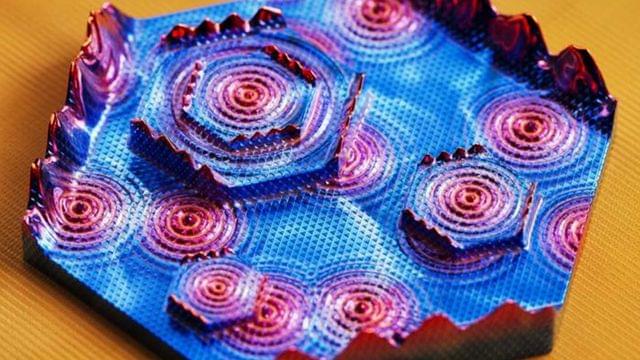Apr 23, 2024
MXenes-based energy storage devices could be charged in seconds
Posted by Gemechu Taye in categories: chemistry, energy, engineering
A team at Texas A&M University is taking significant steps for the development of a new generation of energy storage devices. They aim to develop a device that can combine the benefits of current technologies while addressing their limitations.
Dr. Abdoulaye Djire, a chemical engineering professor at Texas A&M University, as well as a few chemistry engineering graduates are focusing on MXenes, which is expected to be a compelling alternative to conventional lithium-ion batteries. Currently, the team is exploring the major advantages of nitride MXenes.

















